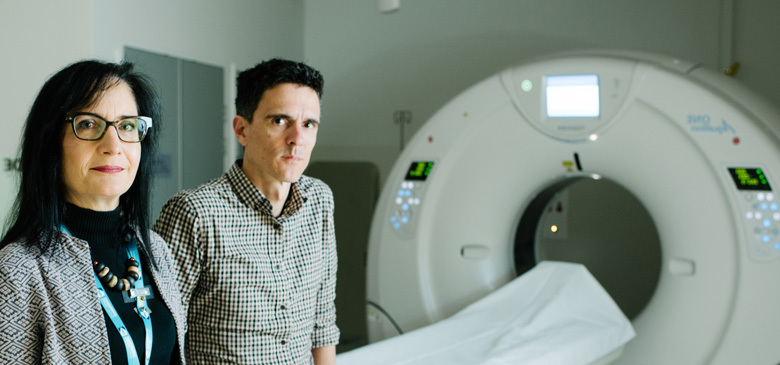Dr. Paul Buntine, an Emergency Physician at Box Hill Hospital, Melbourne, said engaging senior leaders in behaviour change projects is instrumental to their success, but so is engaging junior doctors who are making most of the day-to-day decisions in our hospitals.
Initial work focused on reducing unnecessary pathology tests in emergency departments at Box Hill, Maroondah and Angliss hospitals through:
- audits of existing ordering practices
- engagement of clinician and consumer focus groups
- interventions for sustainable change, such as education, soft stops in ordering processes and publicity in grand rounds and other staff engagement activities.
“The primary focus of these interventions was not to reduce test numbers, but to educate clinicians to think carefully about the clinical usefulness of the tests they were ordering,” Dr Buntine said.
“Despite this, results showed an average drop of more than 50% across five specific blood tests. Interestingly, early effort to rationalise venous blood gas ordering using decision flags wasn’t successful, so the project was handed to a mid-level registrar who presented audit results to their colleagues.”
“Our venous gases halved overnight by involving a junior doctor and giving them a leadership role. With this situation, it hit the nail on the head.”
Other projects have focused on reducing unnecessary imaging, specifically for chest X-rays in intensive care and for chest X-rays and suspected pulmonary embolism in emergency.
Dr Buntine said imaging was a tougher area in which to drive change, as clinicians spend more time seriously contemplating a head CT than ordering a series of blood tests.
“But I think imaging probably has a bigger impact on patients in a hospital and there are bigger risks typically in performing a CT than there are in taking some blood, to do with radiation, false positives, contrast issues and incidental findings,” he said.
The introduction of a decision-making flow chart helped guide the pulmonary embolism imaging project, which saw a reduction in unnecessary scans from 1815 to 1116 (40%) over 12 months.
